Search
Search Results
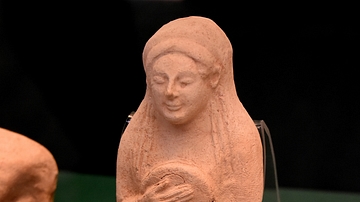
Image
Phoenician Tambourine Player from Tharros
This is a baked clay votive figurine of woman playing a tambourine. The curls of her hair show a Greek influence. The Canaanite traditions of terracotta figurine manufacturer were continued by the Phoenicians, both at home and in the colonies...
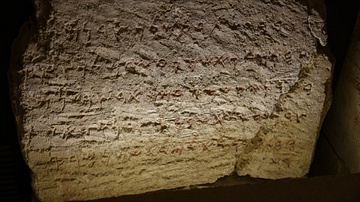
Image
Phoenician Foundation Inscription from Sidon
The inscription reads (in Phoenician) "Bodastarte, the son of Eshmunazar, the king of Sidon, has ordered this temple to be built for the god Eshmun". Second half of the sixth century BCE. From the foundation wall of the Eshmun Temple at Sidon...
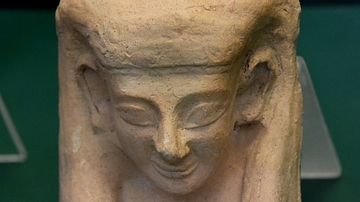
Image
Head of a Phoenician Woman
This is a head of woman wearing an Egyptian wig. The hole at the top is a hole for suspension. Part of a baked clay votive figure. The Canaanite traditions of terracotta figurine manufacturer were continued by the Phoenicians, both at home...
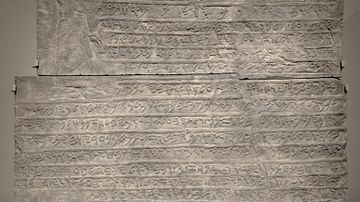
Image
Stela of Kulamuwa with Phoenician Inscription
Plaster mould of a stela found in Sam'al (modern Zincirli, Turkey), dated to 825 BCE. It shows king Kulamuwa alongside a long inscription in Phoenician writing. In his left hand, the king holds a lotus in his left hand and four divine symbols...

Image
Phoenician Bronze Bowl from Nimrud
Over 150 bronze bowls were found in a palace at the city of Nimrud. These bowls were made in Phoenicia (modern-day Lebanese and Syrian coasts), and were brought to Nimrud as tribute or booty by one of the kings who campaigned in the west...
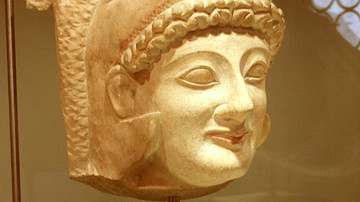
Definition
Melqart
Melqart (also Melkarth or Melicarthus) was an important Phoenician god and patron deity of the city of Tyre. Associated with the monarchy, sea, colonization, and commercial enterprise, both at home and abroad the god is a significant, if...
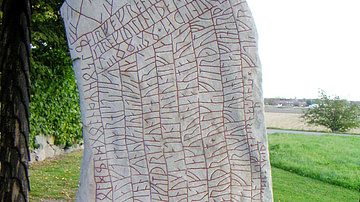
Definition
Runes
Runes are letters in the runic alphabets of Germanic-speaking peoples, written and read most prominently from at least c. 160 CE onwards in Scandinavia in the Elder Futhark script (until c. 700 CE) and the Younger Futhark - which illuminated...

Image
Phoenician-Punic Ship
A Phoenician-Punic ship from a relief carving on a 2nd century CE sarcophagus

Image
Phoenician Small Ship
An Assyrian relief from King Sargon II's palace at Khorsabad showing a Phoenician ship transporting cedar logs. This type of vessel was probably used for coastal work and transporting goods to shore from larger cargo vessels. 8th century...
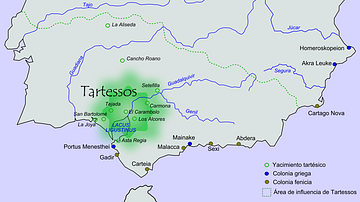
Image
Map of Tartessos with Phoenician and Greek colonies
A map of Tartessos, showing its sphere of influence, as well as Greek and Phoenician colonies in southern Spain.